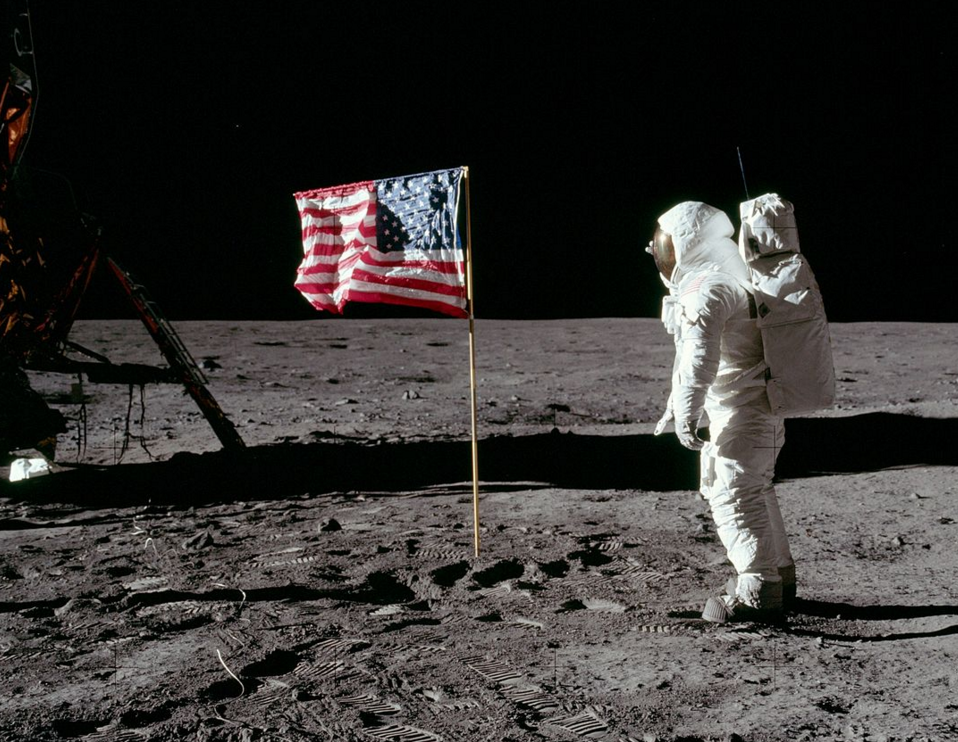When the Second Wold War ended, another world-changing competition for hegemony emerged between the Western Bloc consisting of the USA and the NATO allies and the Eastern Bloc referring to the Soviet Union and its allies in the Warsaw Pact, a competition which we today call the Cold War. Knowing that another World War would be conducted on the base of nuclear weapons, consequently and unavoidably resulting in the destruction of entire countries or even continents, the two big rivals, the USA and the Soviet Union, competed against each other outside of the battle field on a political, economical and military-scientific base.
However, one of the biggest competitions during the cold war was certainly the fight for supremacy in spaceflight capability, which brought both countries to make use of knowledge and construction plans for rockets acquired and made in Nazi Germany to make humanity’s dream come true: Travelling into space. On October 4th 1957, the Soviet Union sent the first unmanned space object into space: the Sputnik 1 was the first satellite orbiting the earth. One month later, the Soviets launched another spacecraft into space, this time occupied by an animal, the female dog Laika paving the way for human spaceflight, for which she sacrificed her life.
On February 1st, the USA caught up on the Soviets by launching the Explorer 1 into space, another unmanned spacecraft which however had the ability to collect scientific data.
In 1961, the Russian Juri Gagarin went down in history for being the first man to leave the earth’s atmosphere. After moving or hovering within the Earth’s orbit for some time, he came back to earth. One year later, the first American John Glen orbited the earth several times within 5h to return safely as well.
After several successful launches and less successful ones resulting in many deaths, the next step for humanity was reaching and landing on the moon. When the American Neil Armstrong placed the American flag on the moon’s surface, becoming the first human being to step on the moon, the space race ended more or less. The moon landing was broadcast live on television. Half a billion people worldwide watched Armstrong say the world-famous quote: “That’s one small step for a man, one giant leap for mankind. “





